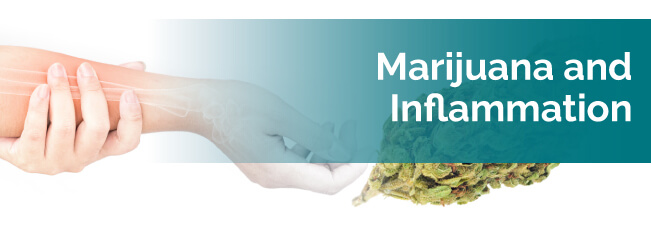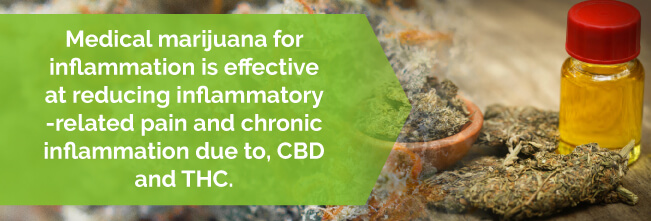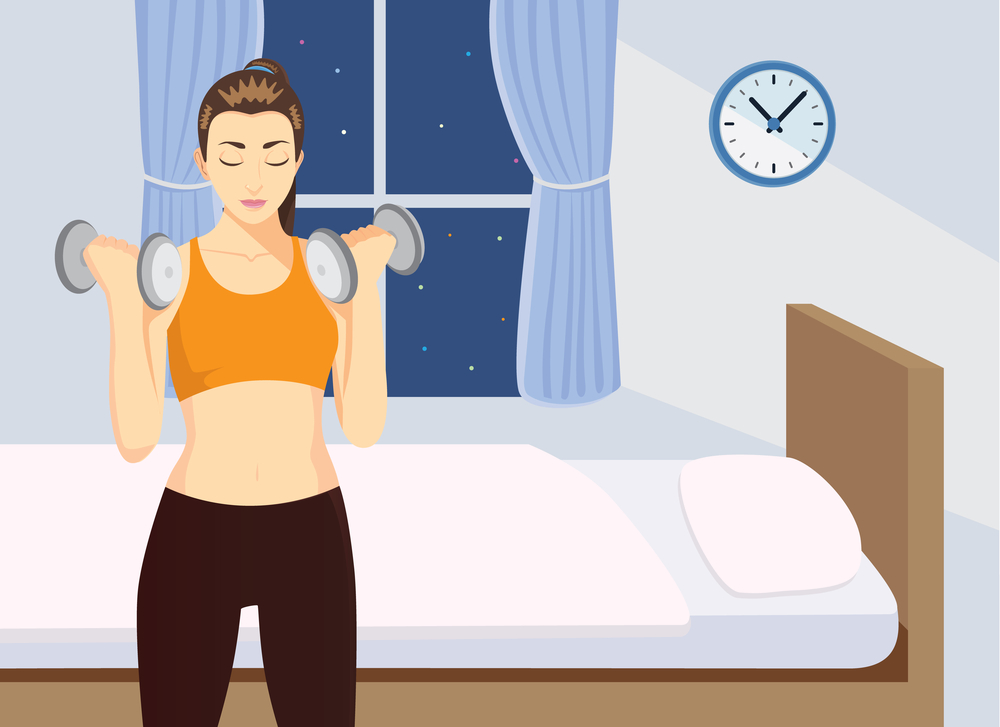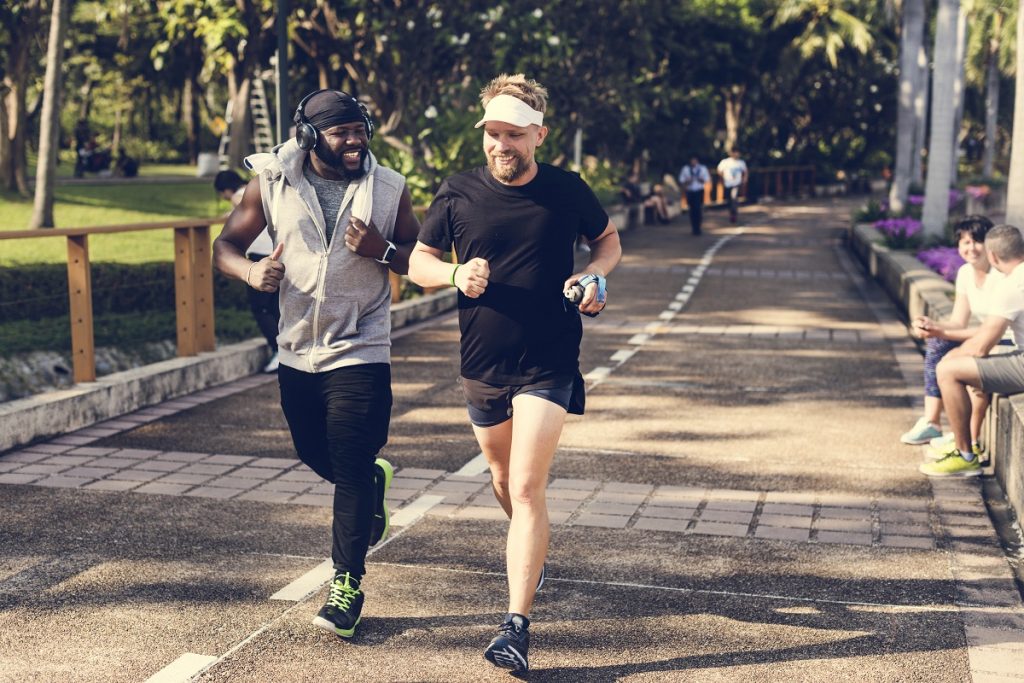
Marijuana has gained attention over the past decade for its medicinal properties.
For example, one of the benefits that has recently come to light is the cannabis plant’s anti-inflammatory properties.
A lot of people come to us with this question: is THC anti-inflammatory?
Keep reading to learn more.
Tetrahydrocannabinol (THC), a cannabinoid found in marijuana, has shown an ability to reduce inflammation. In one clinical trial conducted in mice, marijuana was shown to contribute to a 70% reduction of inflammation in the tested animals.
The scientists who conducted this study noted that the mice who saw the biggest impact were those with CB2 cannabinoid receptors, which are a part of the endocannabinoid system in the brain that’s affected by THC. The mice without CB2 receptors did not experience any reduction of inflammation.
In addition, both THC and cannabidiol (CBD), another compound found in cannabis, help to reduce the production of pro-inflammatory cytokines and inhibit the activation of the brain’s Stat 1 transcription factor. Since the Stat 1 transcription factor plays a role in the body’s inflammatory response, regulating this part of the brain helps to reduce that response.
Find A Doctor Find A Dispensary
There are many different conditions known to cause chronic inflammation. While medical marijuana isn’t a cure for any of these conditions, it can help to alleviate some of the chronic pain symptoms they cause:
Even the pain associated with brain disorders like Alzheimer’s disease can be eased through the use of medical marijuana.

These days, cannabis makes a great alternative to dependency-causing pain medications.
Here are a few common and effective methods of administering cannabis for inflammation treatment:
Keep in mind that there are many different types of cannabis products on the market, and you may need to try a few before you find the one that works best for you.
Medical cannabis strains rich in CBD appeal to patients looking for anti-pain, anti-spasm, and anti-inflammatory effects, all associated with chronic and acute inflammation. The suggested strains below can help treat inflammatory diseases and the symptoms that go with them. They may also treat common symptoms like pain, spasms, depression, anxiety, and more.
This is just a short list of available strains. There are thousands of cannabis strains, and new ones are created all the time.
Work with your dispensary budtender and experiment to find the strain that works best for you. Know that each strain works in a slightly different way for each person, too.
Some of the common side effects of marijuana include:
Many patients find that medical marijuana’s benefits outweigh its potential side effects, especially when compared to the potential side effects of traditional medication.
After all, marijuana is an affordable and natural alternative to some of the high-cost, potentially addictive medications traditionally used to treat inflammation and chronic pain.

Other treatments for inflammation include medications, exercise, and diet. The type of inflammatory therapy your doctor might prescribe depends on your age, the type of illness you have, your overall health, the medications you’re taking, the severity of your symptoms, and your medical history.
Here’s some important information about each of these healthcare options:
Many pharmaceutical products exist to help decrease inflammation and minimize or even prevent the progression of inflammatory medical conditions.
Some medications may include:
Side effects of anti-inflammatory medications may include:

Studies, both clinical and epidemiological alike, show you can reduce markers of inflammation through extended exercise over the long term.
For example:
The downside, of course, is that inflammation can prevent some people from exercising.
Some foods have inflammatory effects and can make you feel worse. Conversely, an anti-inflammatory diet can ease your inflammation symptoms.
While there’s no cure for inflammation (as it’s a wear-and-tear condition), these foods can help can help you combat inflammation:
Certain foods that might help you combat inflammation include:
Some foods and drinks can even reduce your risk or prevent inflammation altogether. For instance, apples, blueberries, and leafy greens can offer protective compounds as they are high in polyphenols and antioxidants.
Studies have shown that nuts reduce inflammation markers and lower your risk of diabetes and cardiovascular disease.
Drink your coffee, too. Java contains anti-inflammatory compounds and polyphenols that protect against inflammation.

You can find a medical cannabis dispensary in your state on our dispensary list. The list features dispensaries across the country and includes all the information you need, including location, hours, delivery information, reviews, and more.
If you’re interested in using medical marijuana to treat the symptoms of inflammation, consult a cannabis doctor in your state. They will help you obtain the treatment you’re seeking.
Use our cannabis doctor database to search for marijuana doctors in your area to find a knowledgeable and vetted physician who complies with state laws and can work with you on your treatment plan.
Find A Doctor Find A Dispensary